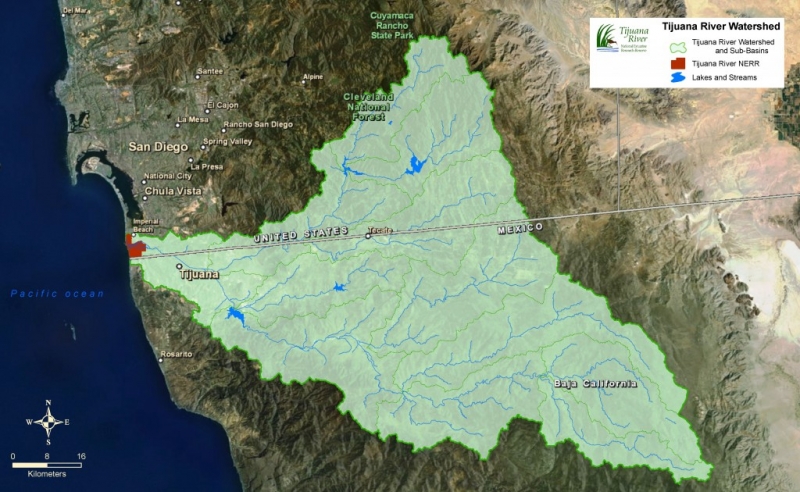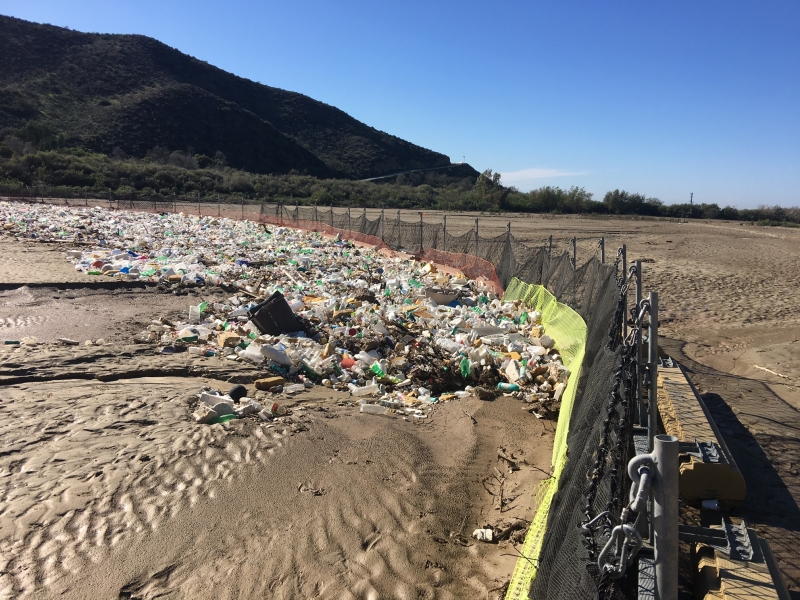California is not only home to beaches, super blooms, and stars, but is also home to 12% of the population of the United States, and the fifth largest economy in the world. With such concentrated human and economic activity, marine debris can be a serious problem. However, California is leading the way on waste reduction and marine debris prevention efforts. The Marine Debris Program (MDP) is pleased to support two such initiatives through recent grant opportunities.

The first project builds on previous efforts to address huge amounts of debris in the Tijuana River Valley, just north of the US/Mexico border. The Southwest Wetlands Interpretive Association is working with staff from the Tijuana River National Estuarine Research Reserve and California State Parks to capture, catalog, and prevent debris in the Goat Canyon Sediment Basin. With large booms already in place to capture trash, the project will identify the types and quantities of debris removed from the sediment basin in order to inform upstream prevention. The resulting data will inform a new training module on marine debris reduction, as part of an existing hazard reduction training in Tijuana, to encourage targeted waste collection before major storms. This approach is designed to reduce upstream flooding and downstream impacts to sensitive salt marsh habitats.

Farther north in California, the San Francisco Chapter of the Surfrider Foundation is implementing “Hold on to Your Butt”, an innovative behavior change campaign with a goal of stopping cigarette butt litter at its source. Through this project, Surfrider San Francisco will install hundreds of cigarette butt receptacles throughout the city and the nearby Golden Gate National Recreation Area, conduct outreach to smokers, analyze cigarette butt littering behavior, and implement a social marketing campaign to encourage changes in behavior. Stay tuned for more details on this project in a guest blog from the project lead later this week!

The MDP is proud to be a part of these and other important efforts to reduce marine debris in California. To learn more about the latest initiatives and priorities in the state, check out the 2018 California Ocean Litter Prevention Strategy.

How can these trash booms be adapted for use in larger riparian settings in heavily used urban parks?